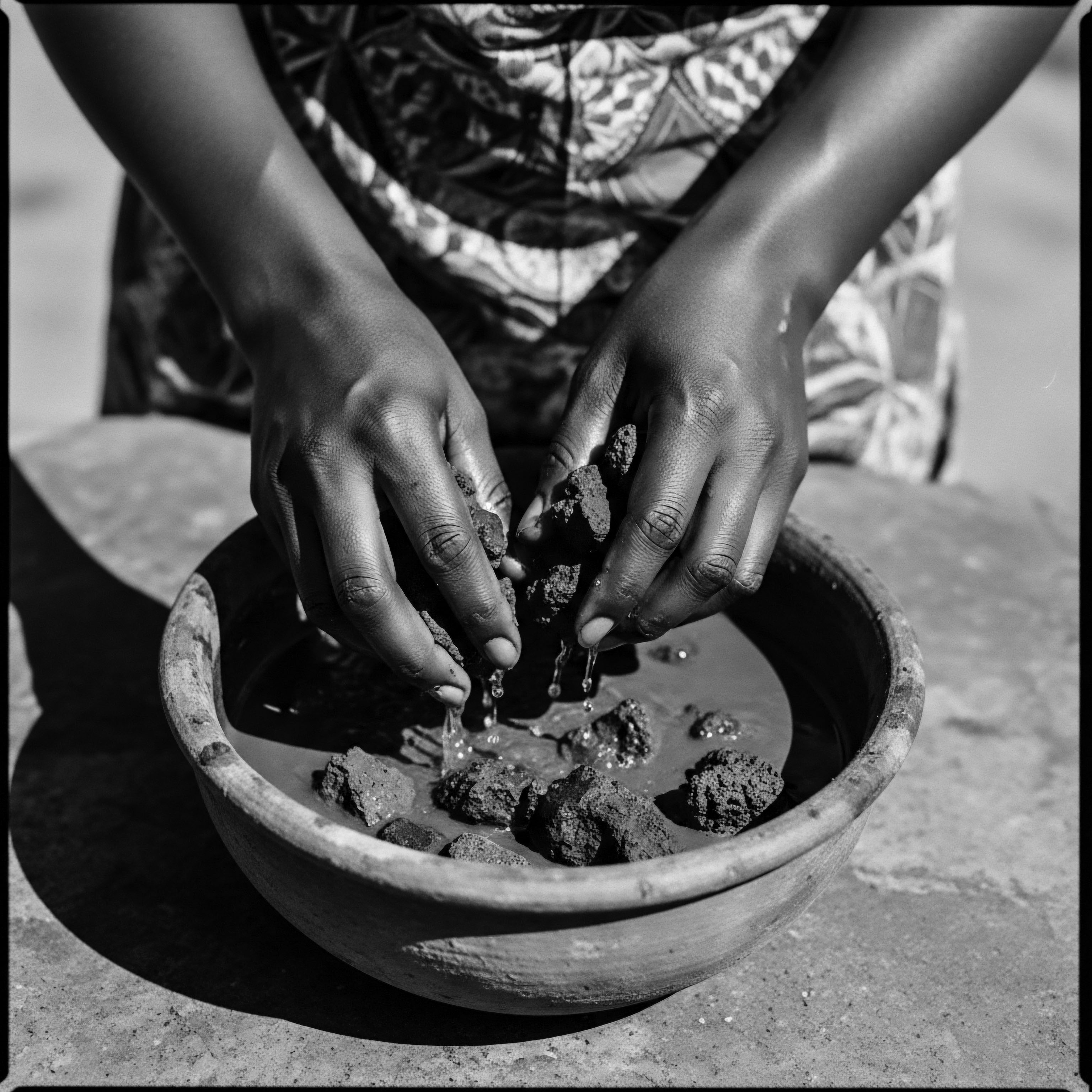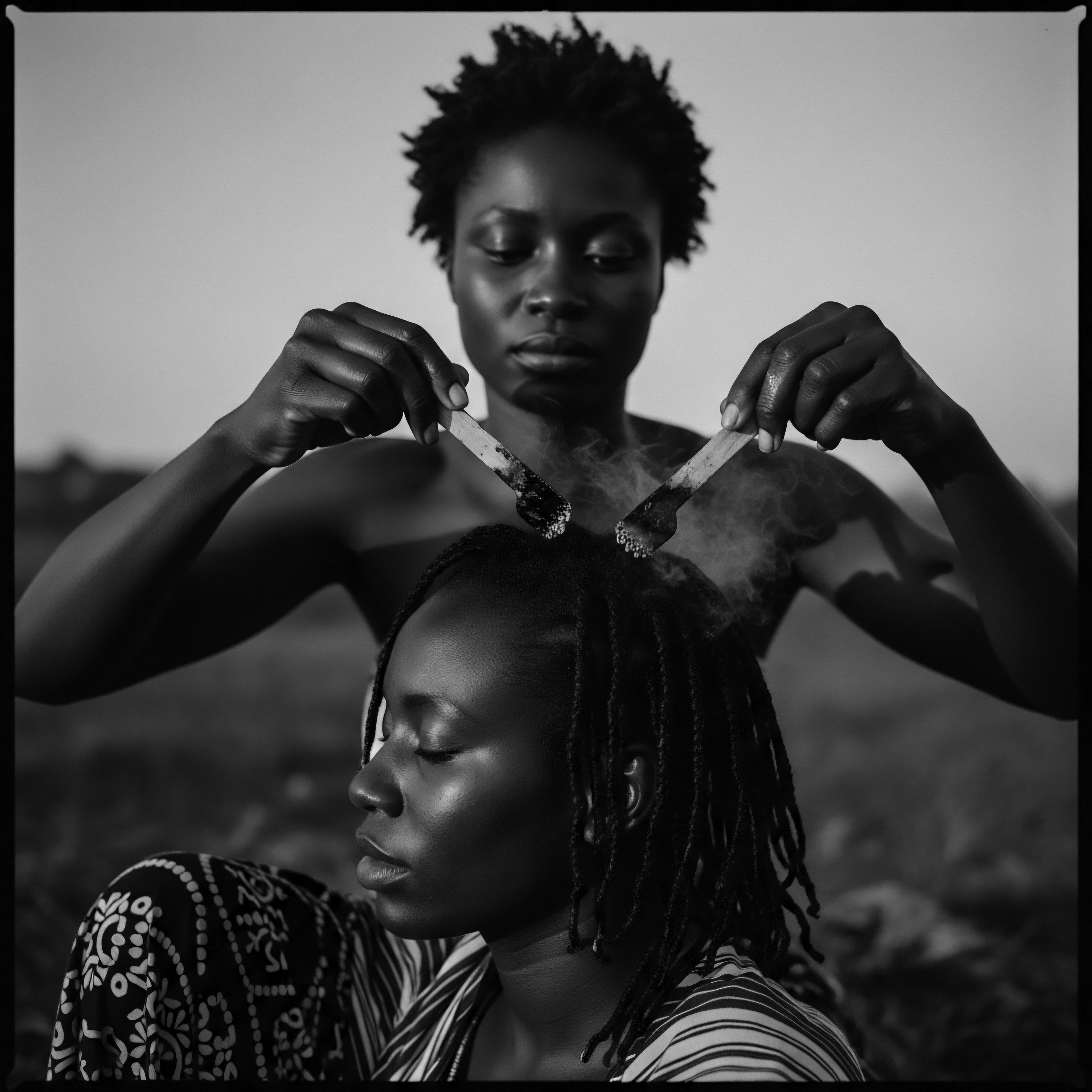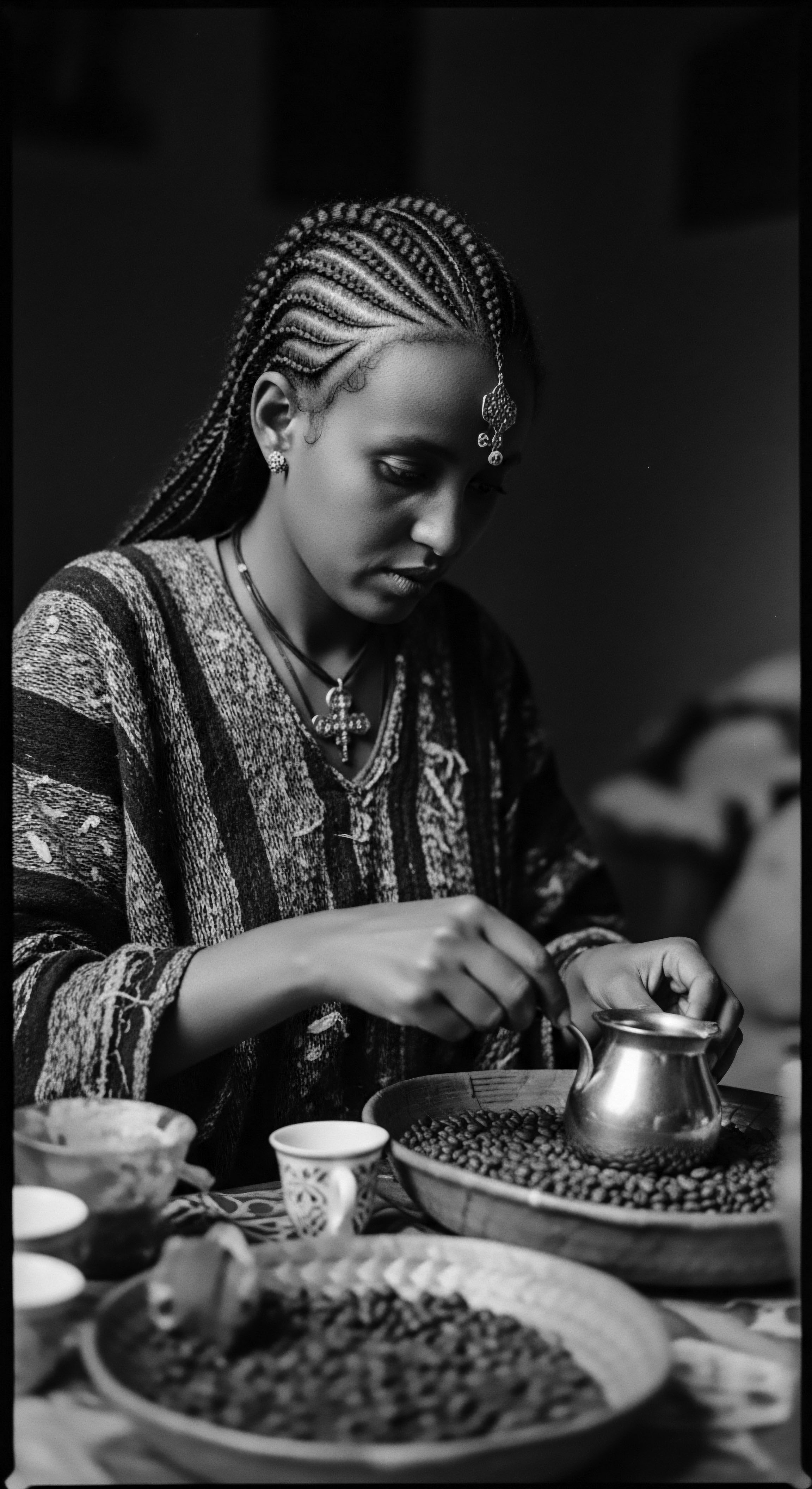
How did ancestral African cultures color textured hair?
Ancestral African cultures used natural pigments like ochre and plant dyes to color textured hair, deeply connecting it to heritage and identity.
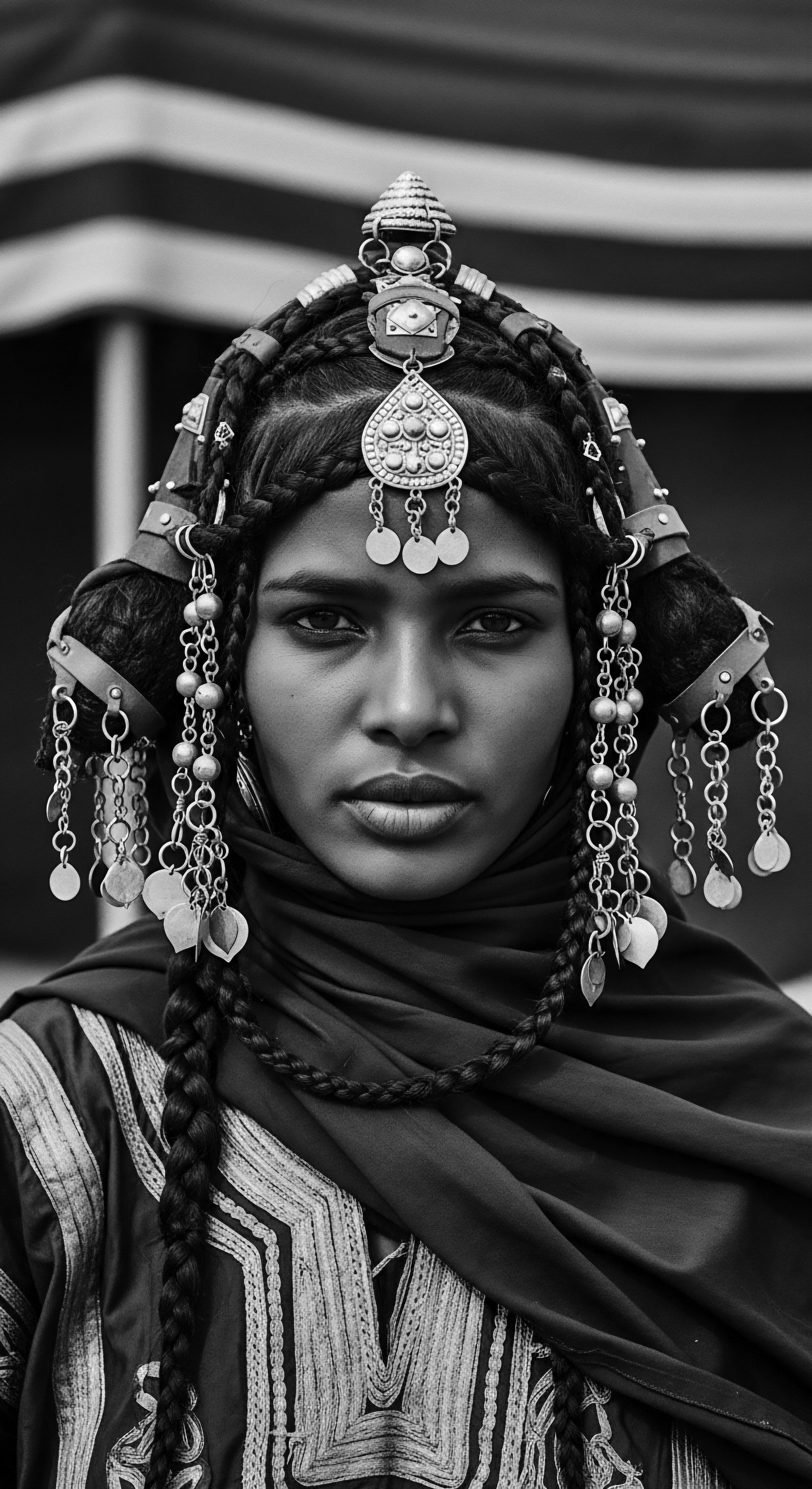
What is the historical link between clay and textured hair heritage?
Clay historically linked to textured hair heritage by offering ancestral cleansing, conditioning, and cultural adornment drawn from earth's bounty.
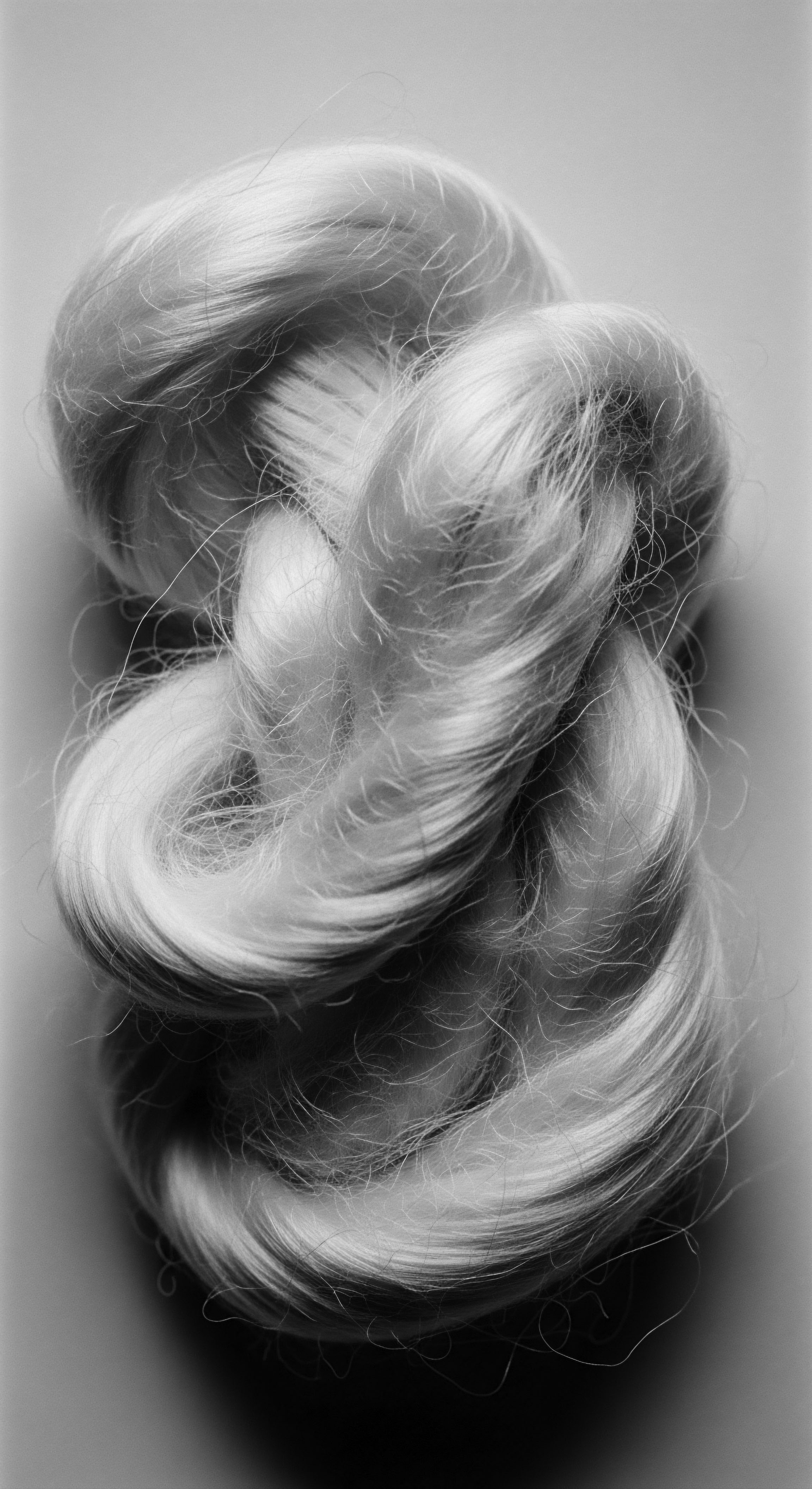
What Historical Headwear Protected Textured Hair?
Historical headwear protected textured hair by shielding it from environmental stressors and reducing friction, preserving moisture and styles.
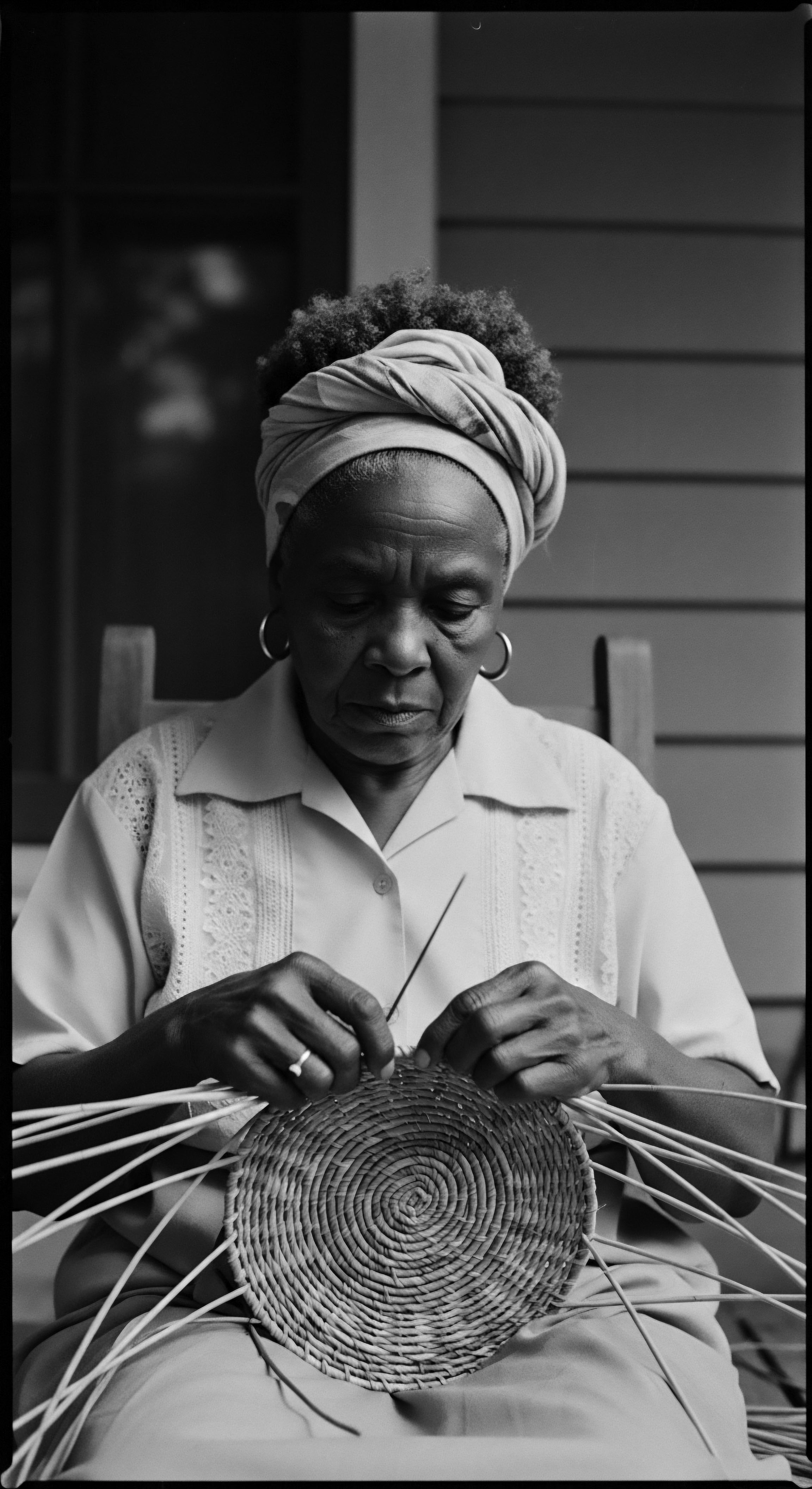
How do historical head coverings protect textured hair overnight?
Historical head coverings safeguarded textured hair overnight by minimizing friction and preserving moisture, a testament to ancestral care and heritage.
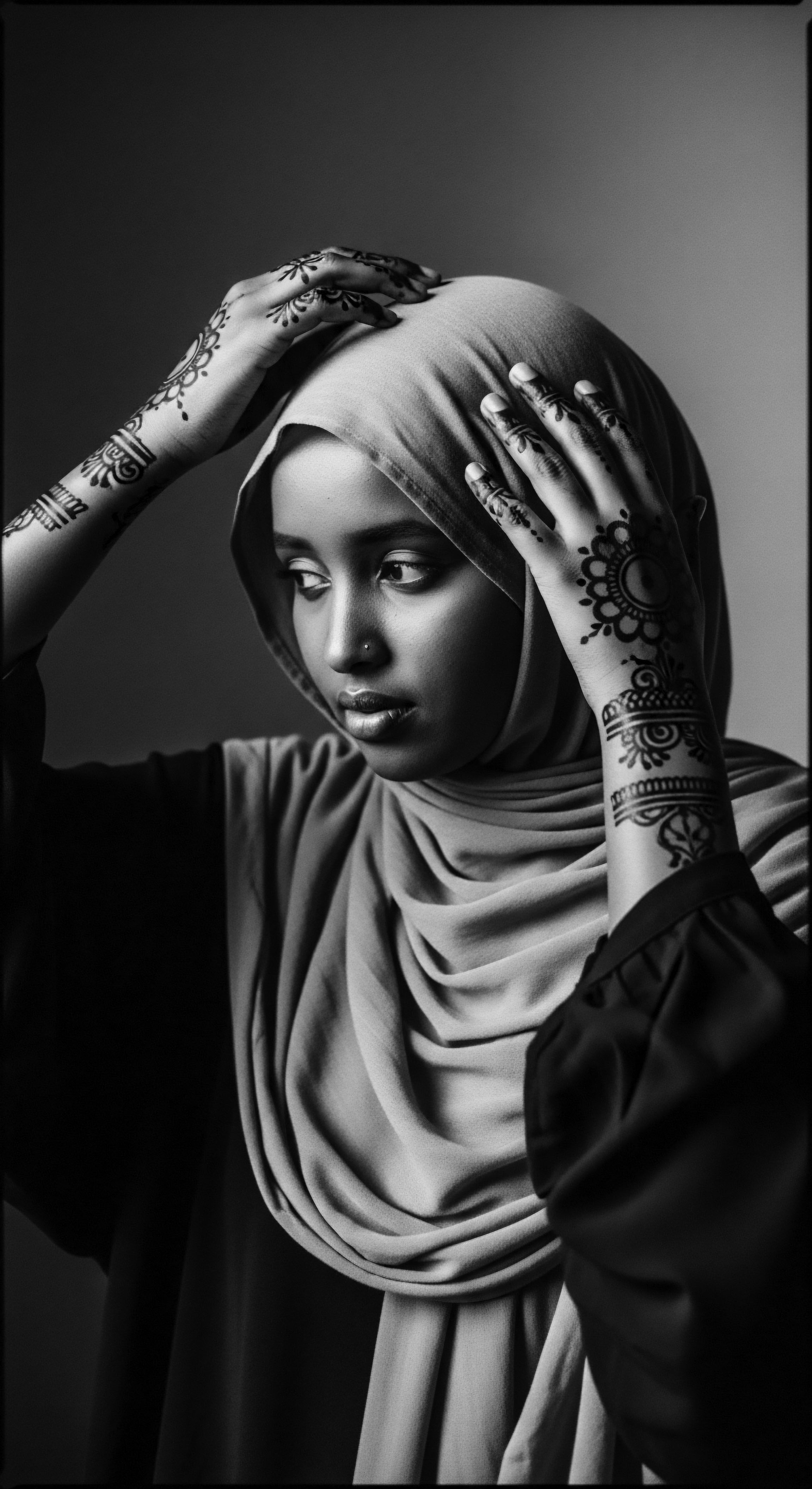
What historical evidence connects henna to textured hair?
Historical evidence connects henna to textured hair through ancient Egyptian mummies, North African Berber traditions, and South Asian practices.

What is the historical link between head wraps and textured hair care?
Head wraps connect ancestral protective practices with textured hair care, embodying heritage and resilience.
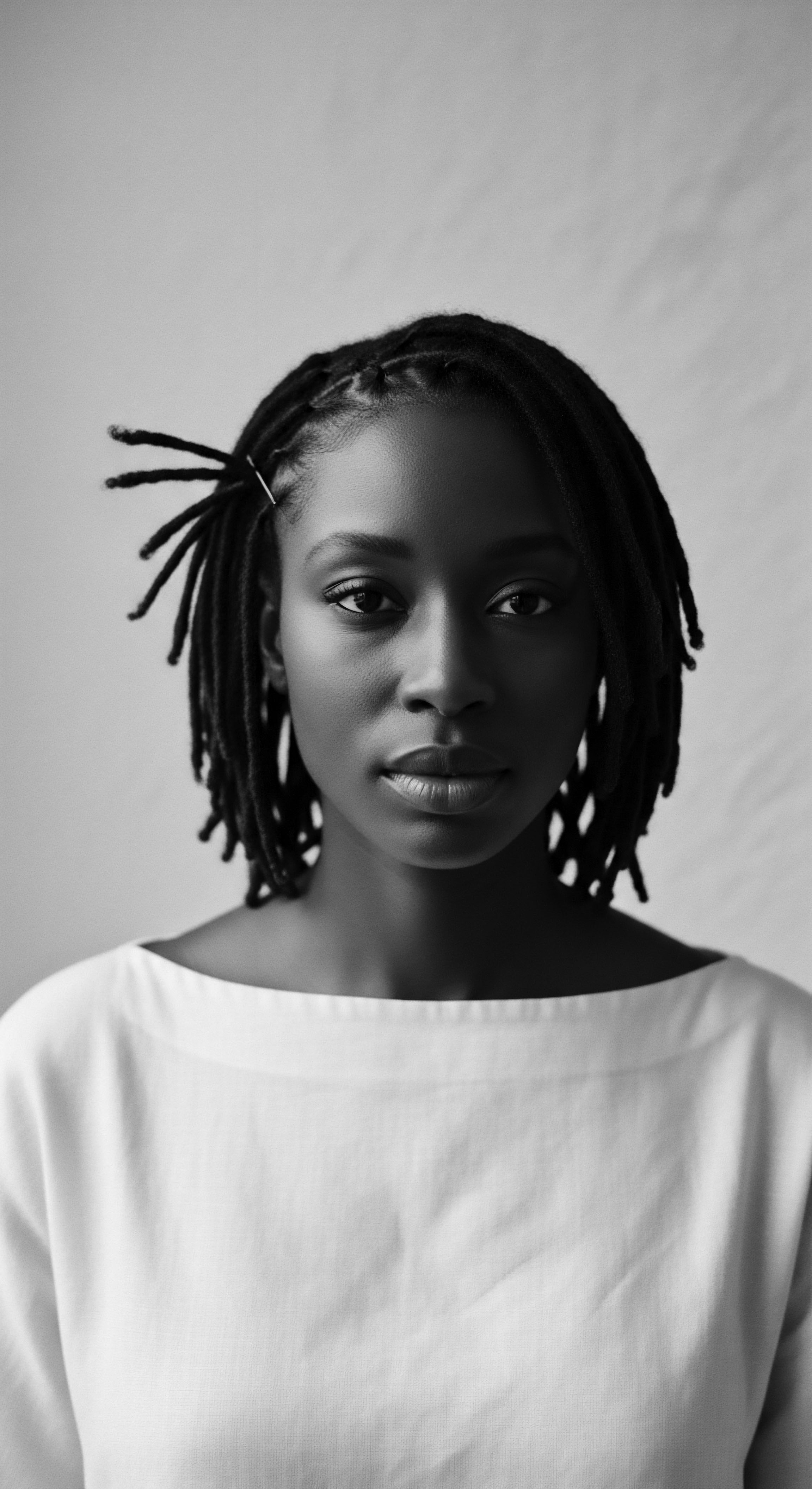
How did ancient plant applications shape identity?
Ancient plant applications shaped textured hair identity by providing natural tools for care, styling, and cultural expression across generations.
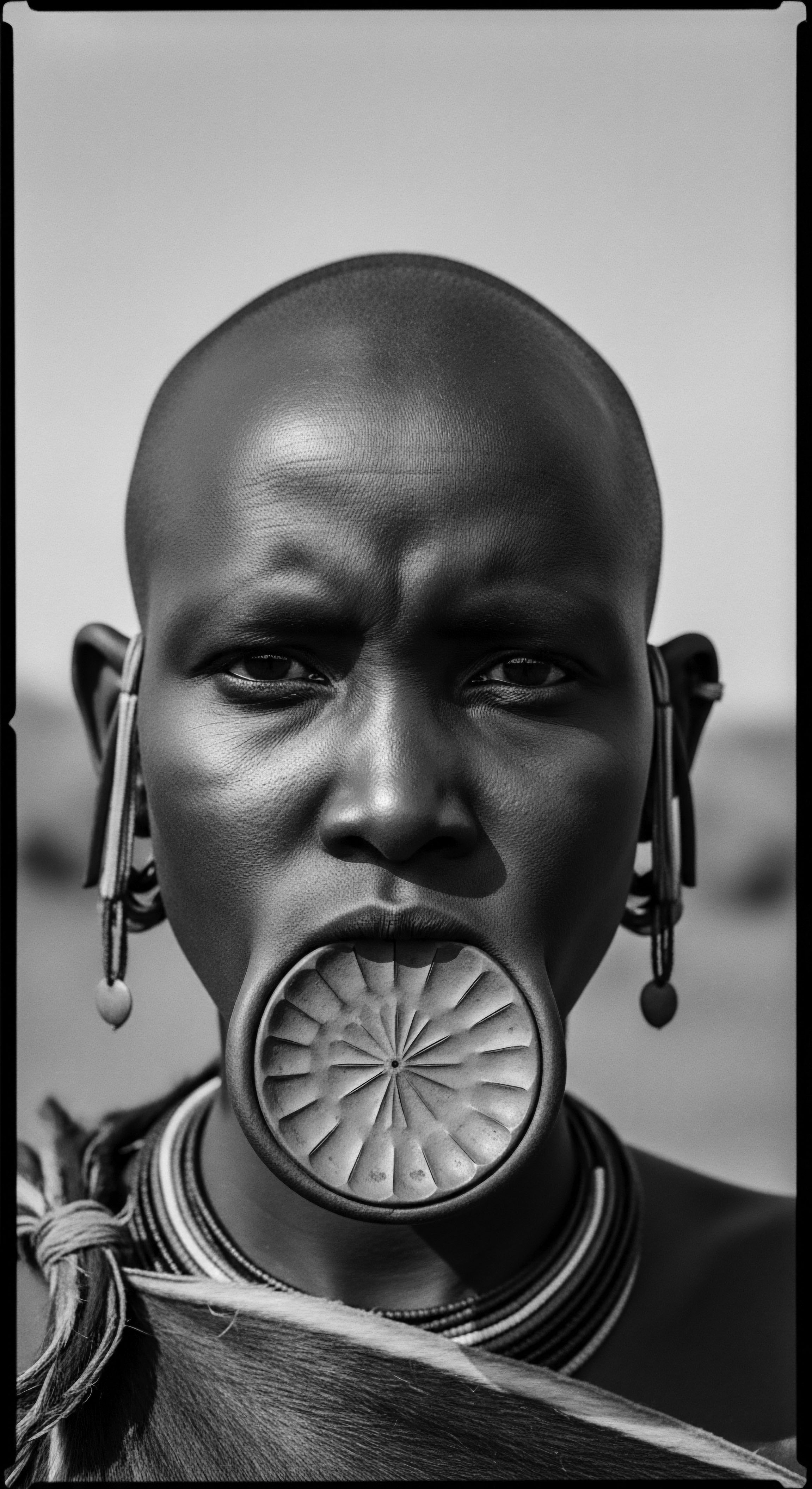
How did traditional African hair practices communicate identity and status?
Traditional African hair practices were a vibrant language, communicating identity, social status, and spiritual beliefs through specific styles and adornments, reflecting a deep textured hair heritage.
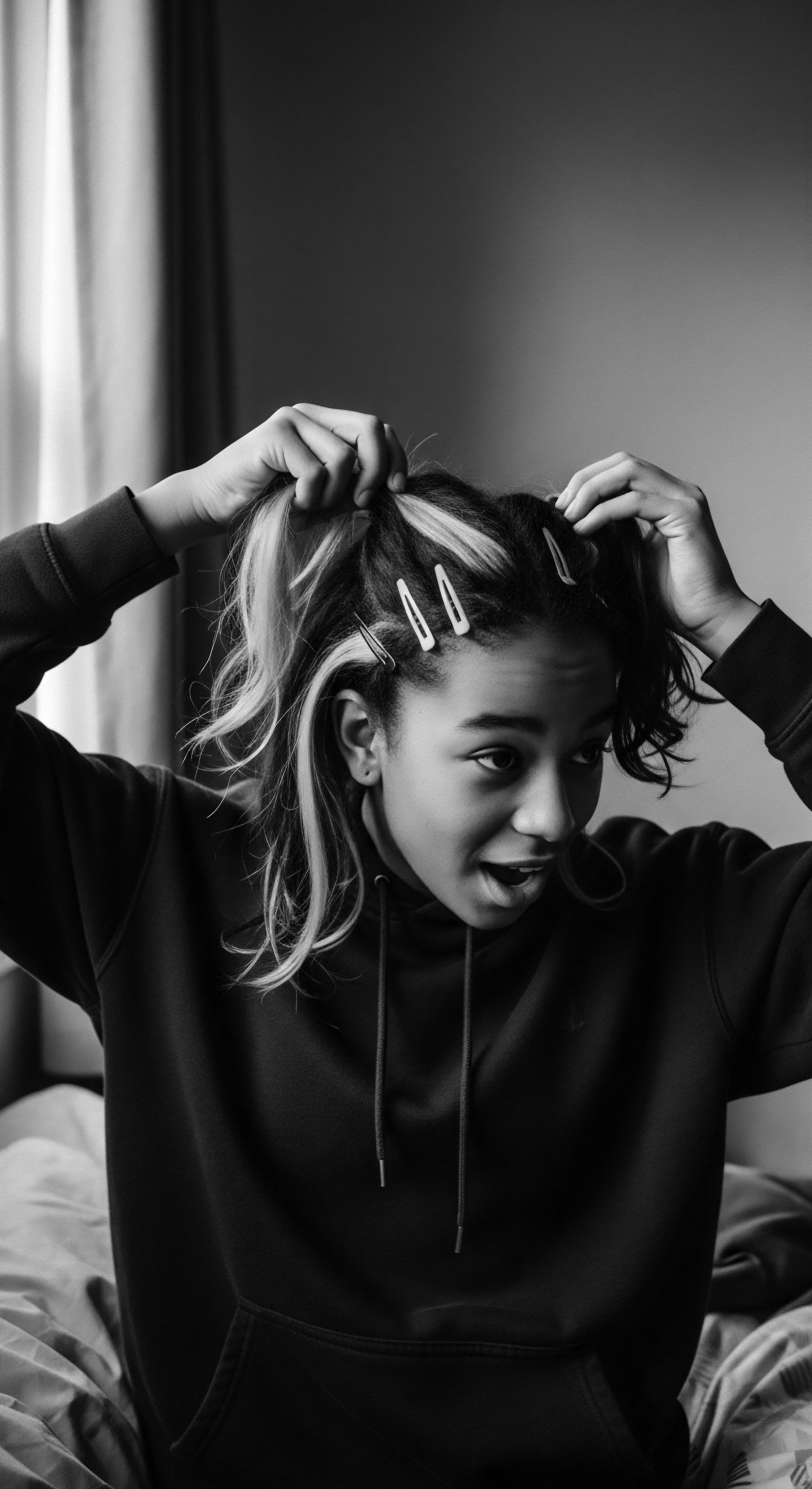
Head Wrap Customs
Meaning ❉ Head Wrap Customs denote the historical and cultural practices of head coverings, embodying heritage, protection, and identity for textured hair communities.
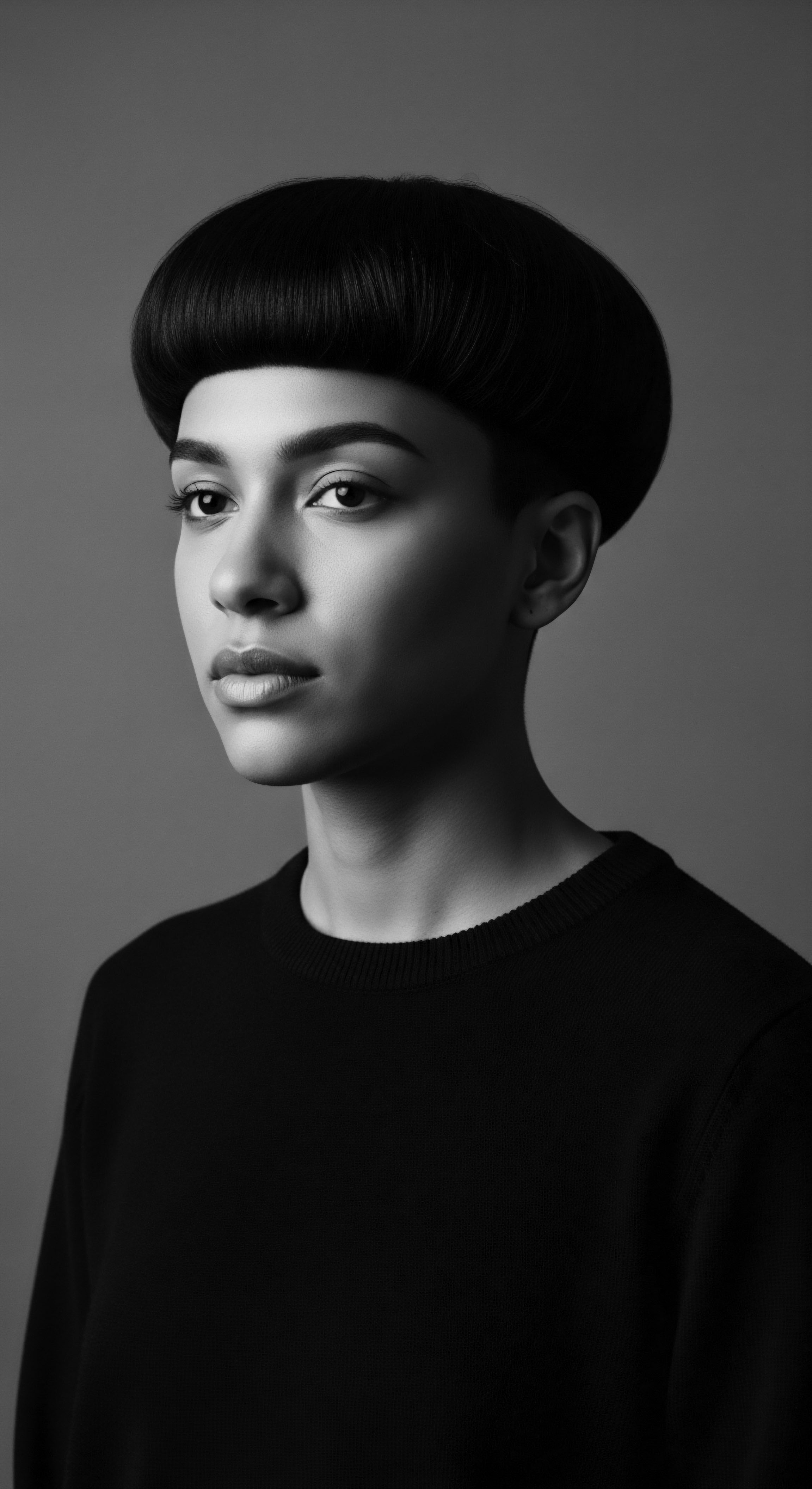
Natural Pigments History
Meaning ❉ Natural Pigments History explores how intrinsic hair color and earth's hues shaped textured hair identity, care, and cultural expression across generations.
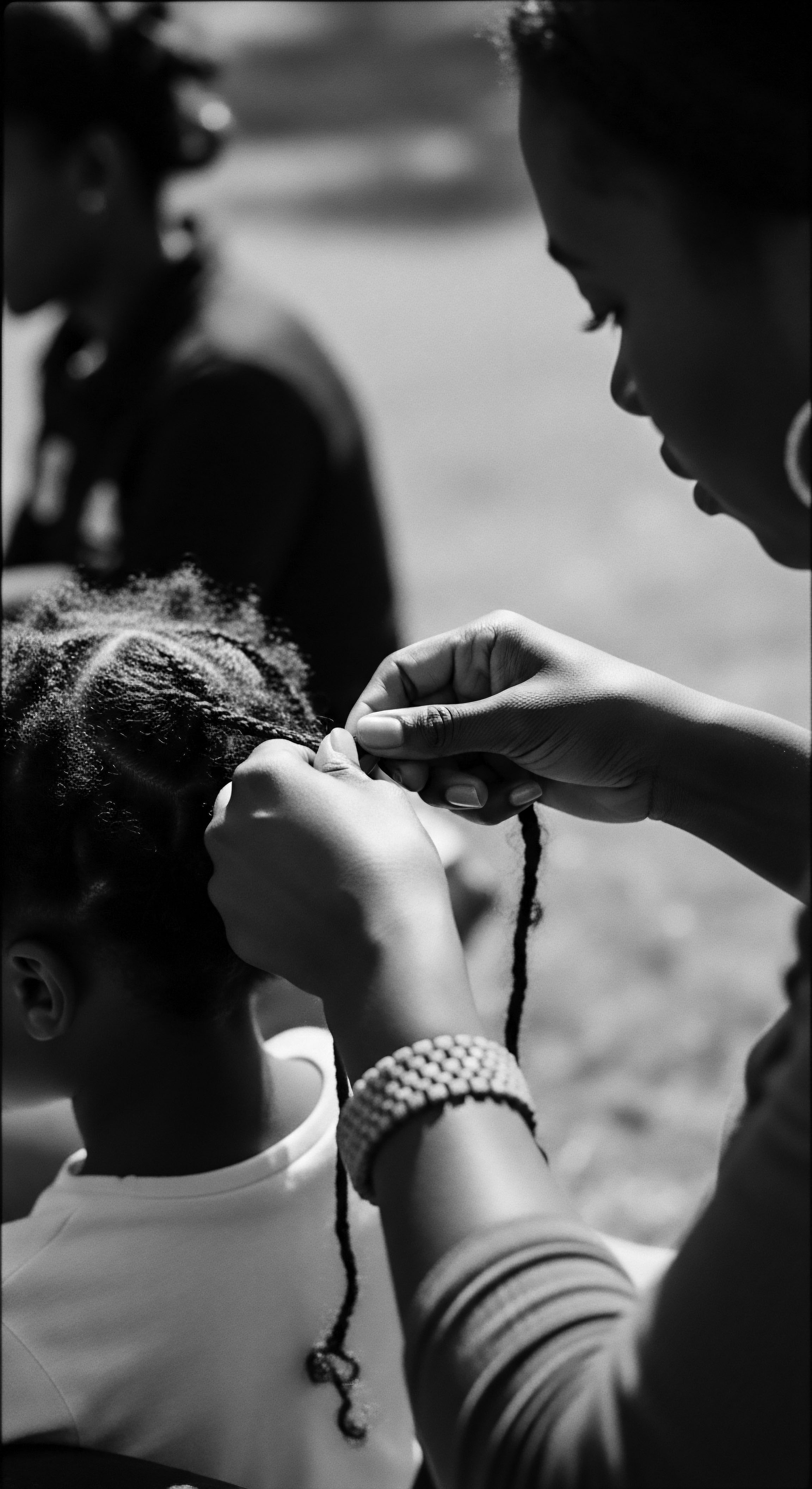
How did ancient African hair practices relay heritage?
Ancient African hair practices relayed heritage by transforming grooming into profound rituals that conveyed social status, identity, and ancestral wisdom.
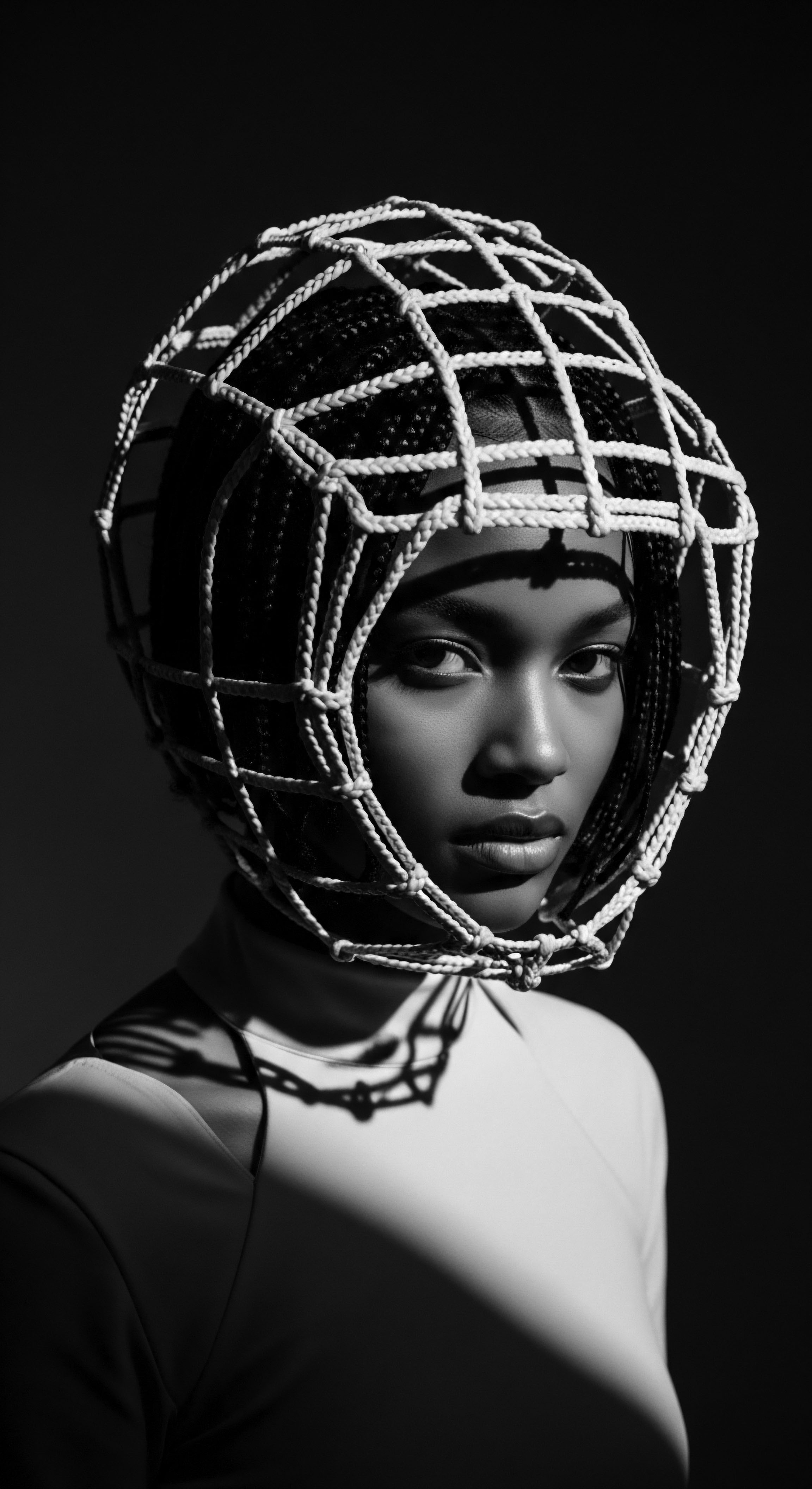
What scientific benefits do headwraps offer for textured hair?
Headwraps offer textured hair ancestral protection from damage, preserving moisture and style, rooted in deep heritage.
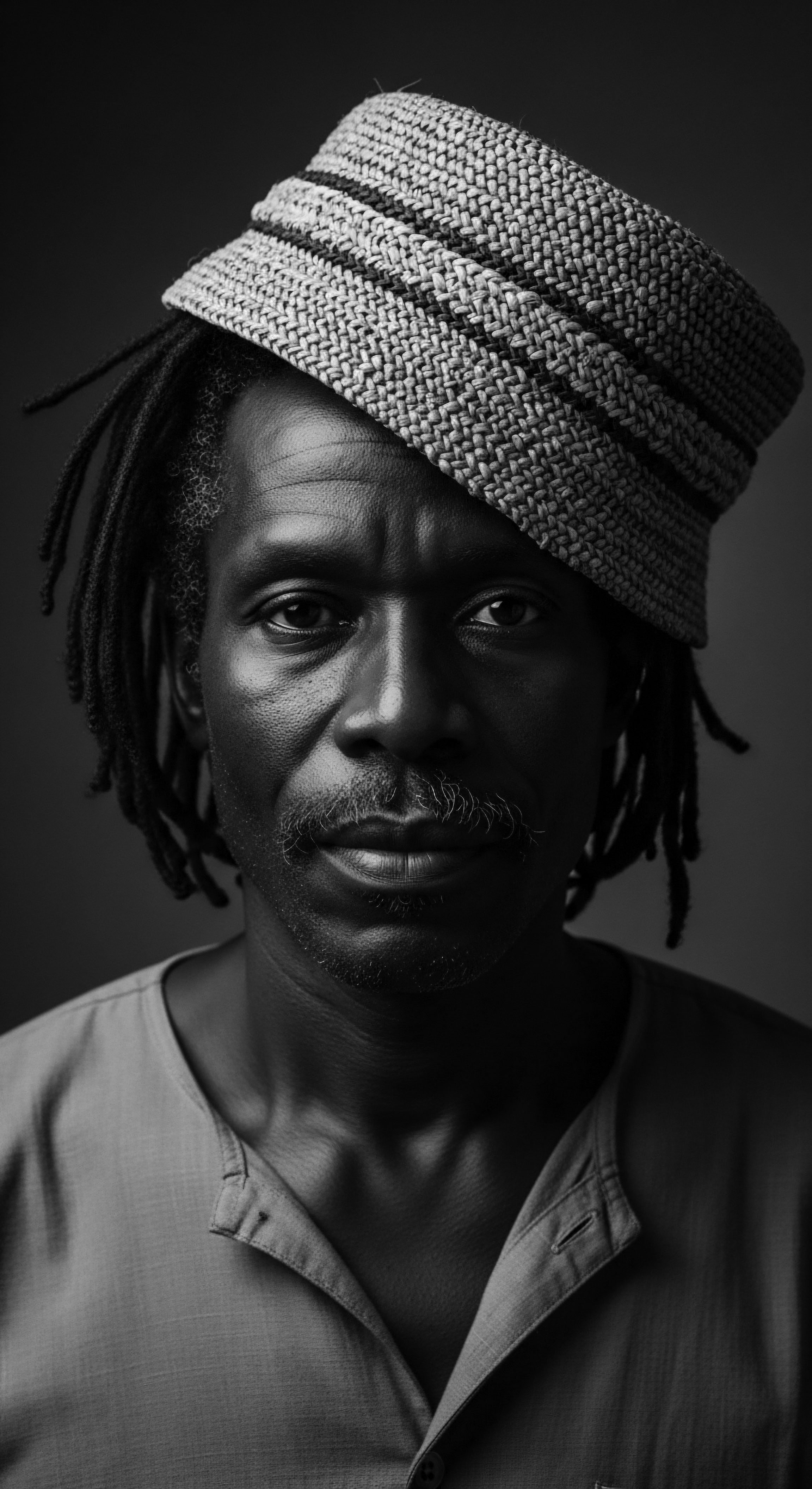
In what ways did ceremonial clay use express African identity through textured hair?
Ceremonial clay use on textured hair profoundly expressed African identity through sacred adornment and cultural lineage.
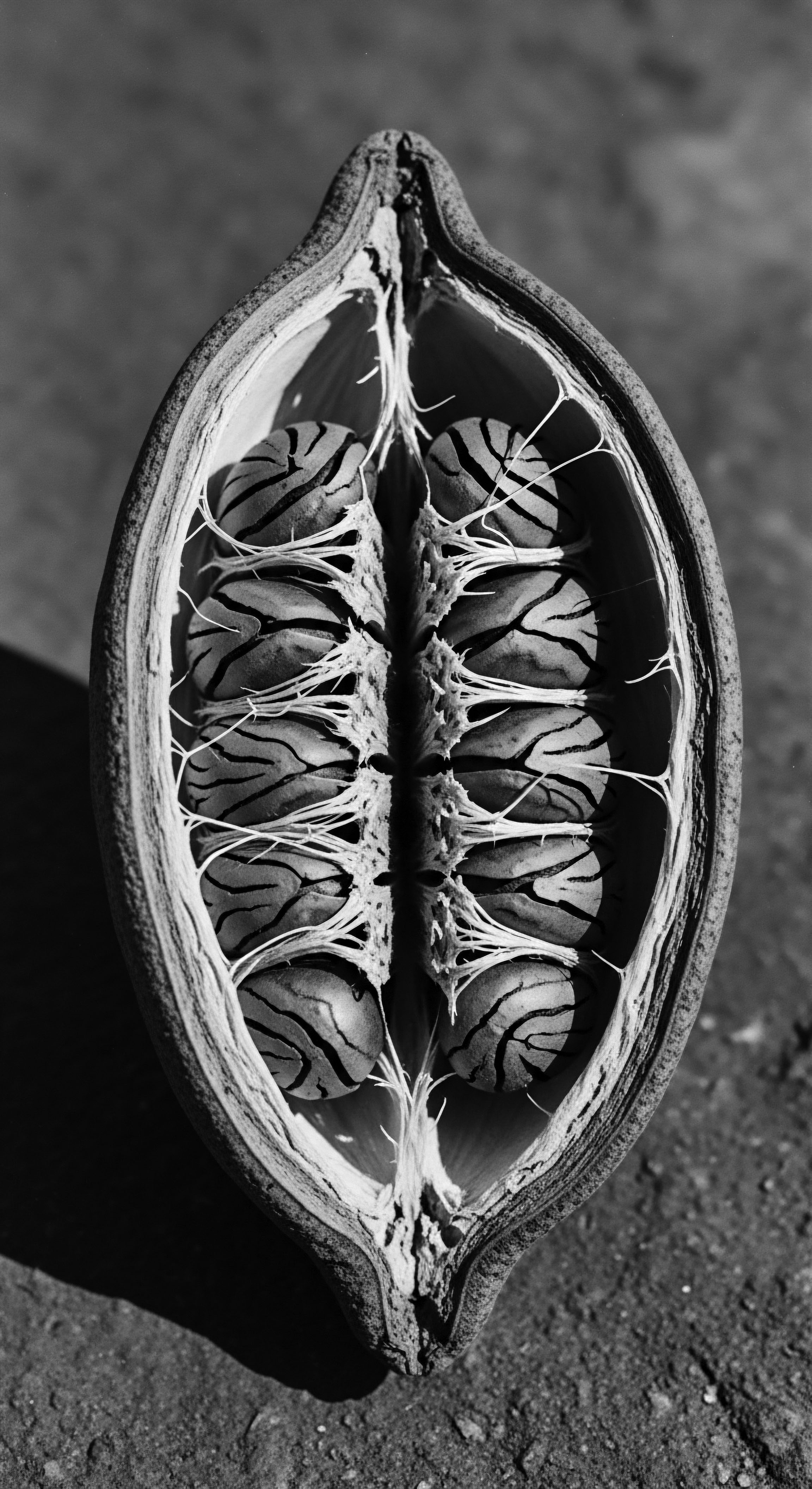
What is the spiritual meaning of cowrie shells in textured hair traditions?
Cowrie shells in textured hair traditions embody ancestral connections, spiritual protection, fertility, and cultural resilience.
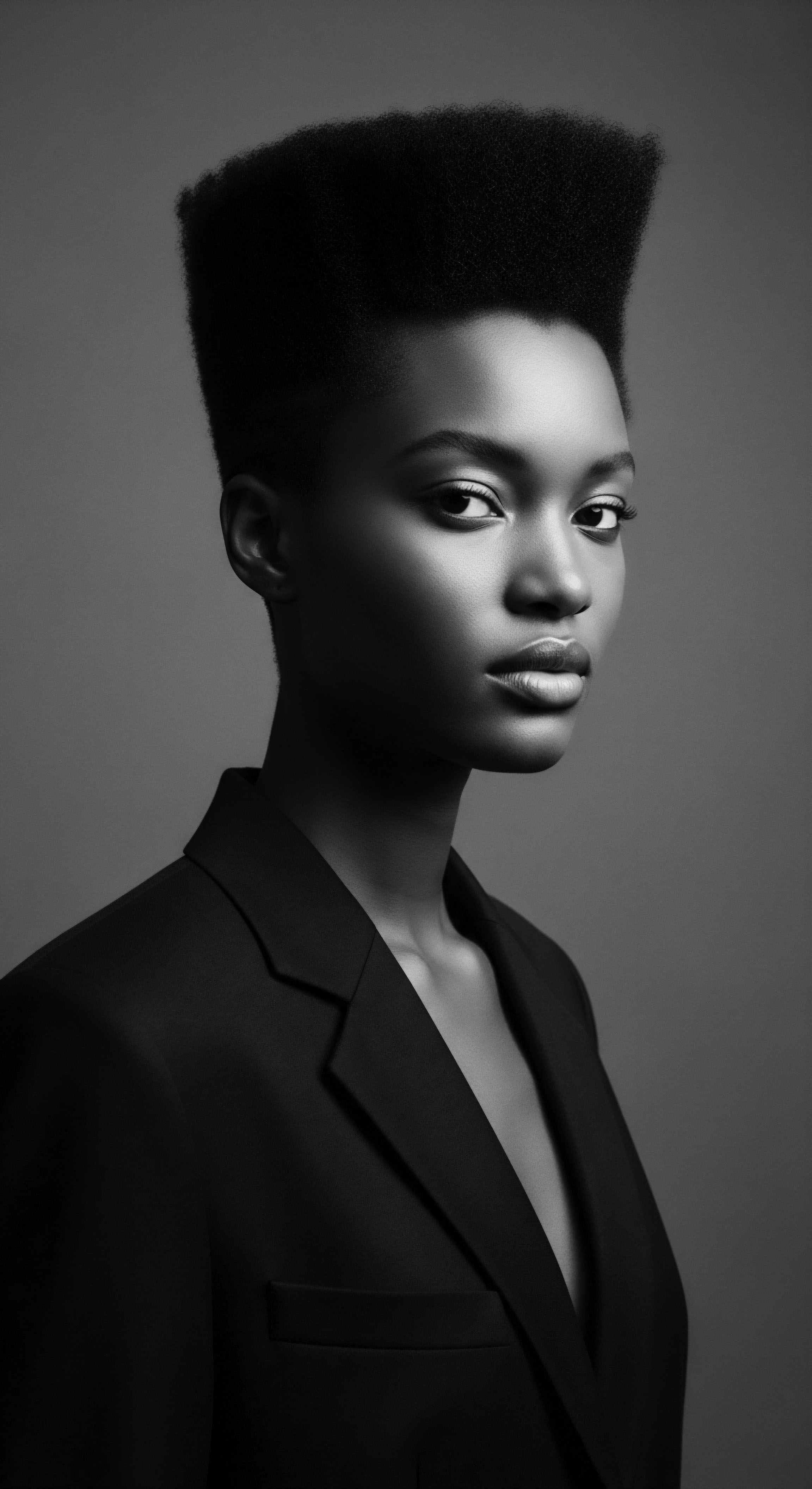
What cultural rituals accompanied historical plant dye use on textured hair?
Cultural rituals surrounding historical plant dye use on textured hair were profound expressions of identity, status, and spiritual connection.
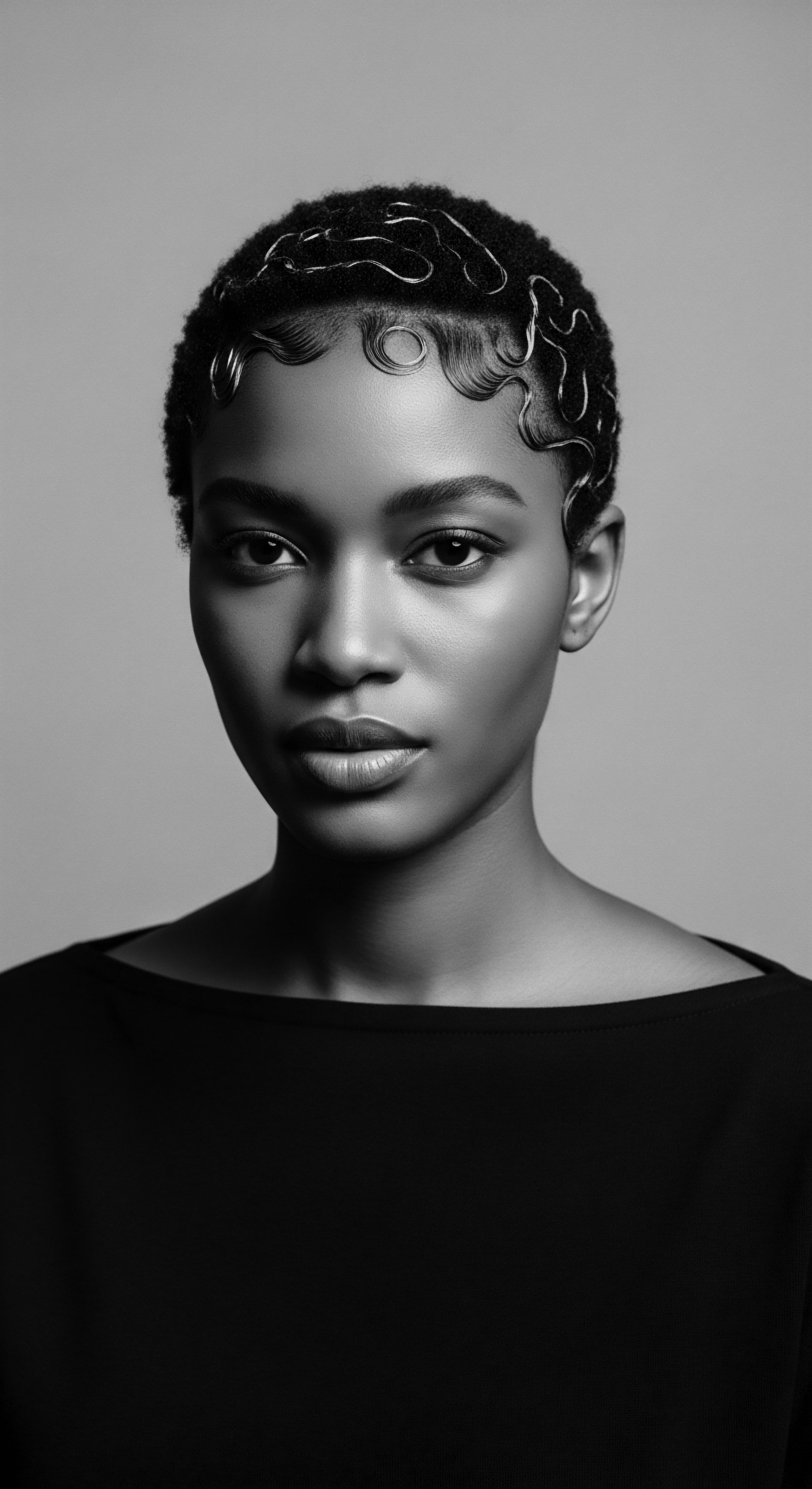
What historical role do headwraps play in textured hair protection?
Headwraps historically protected textured hair from environmental damage, served as cultural markers, and transformed into symbols of resistance and heritage.
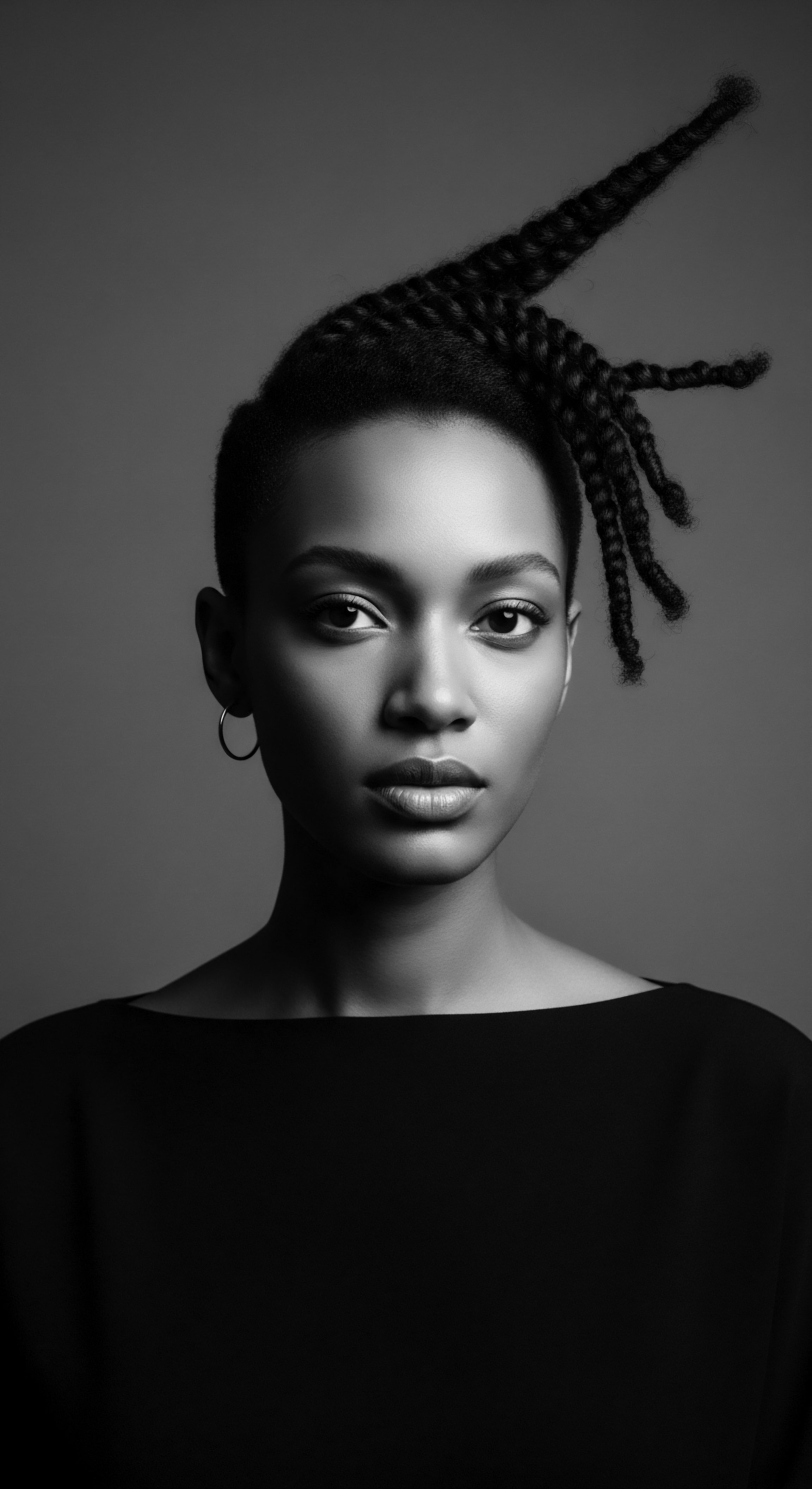
Why do headwraps hold such strong heritage significance?
Headwraps carry deep heritage for textured hair, embodying cultural pride, protection, and historical resilience.
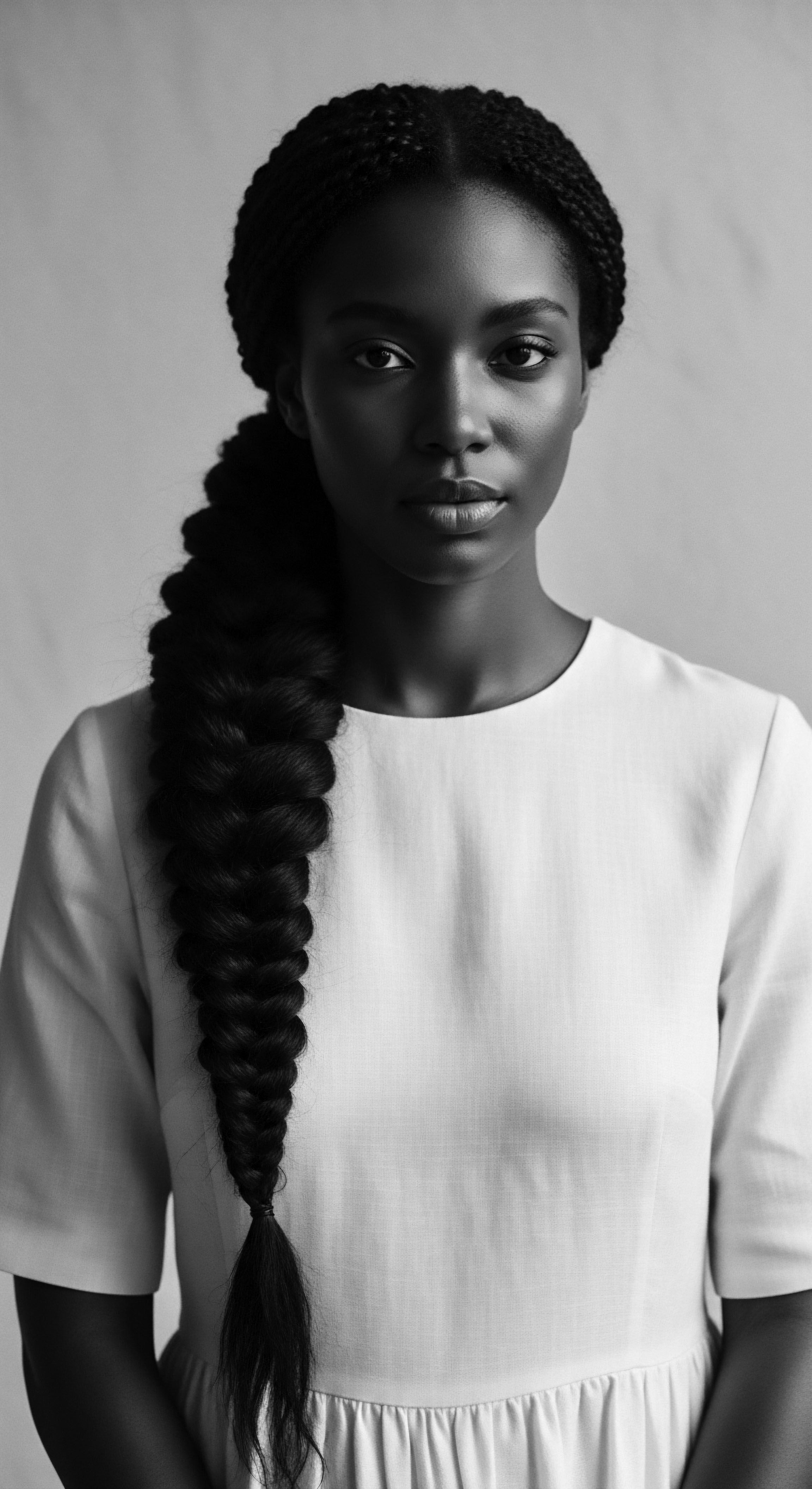
How do traditional styling practices preserve textured hair heritage?
Traditional styling practices preserve textured hair heritage by safeguarding its physical health and serving as profound cultural and historical expressions.

How have textured hair practices upheld Black identity across time?
Textured hair practices have upheld Black identity by serving as living archives of cultural heritage, resilience, and spiritual connection.
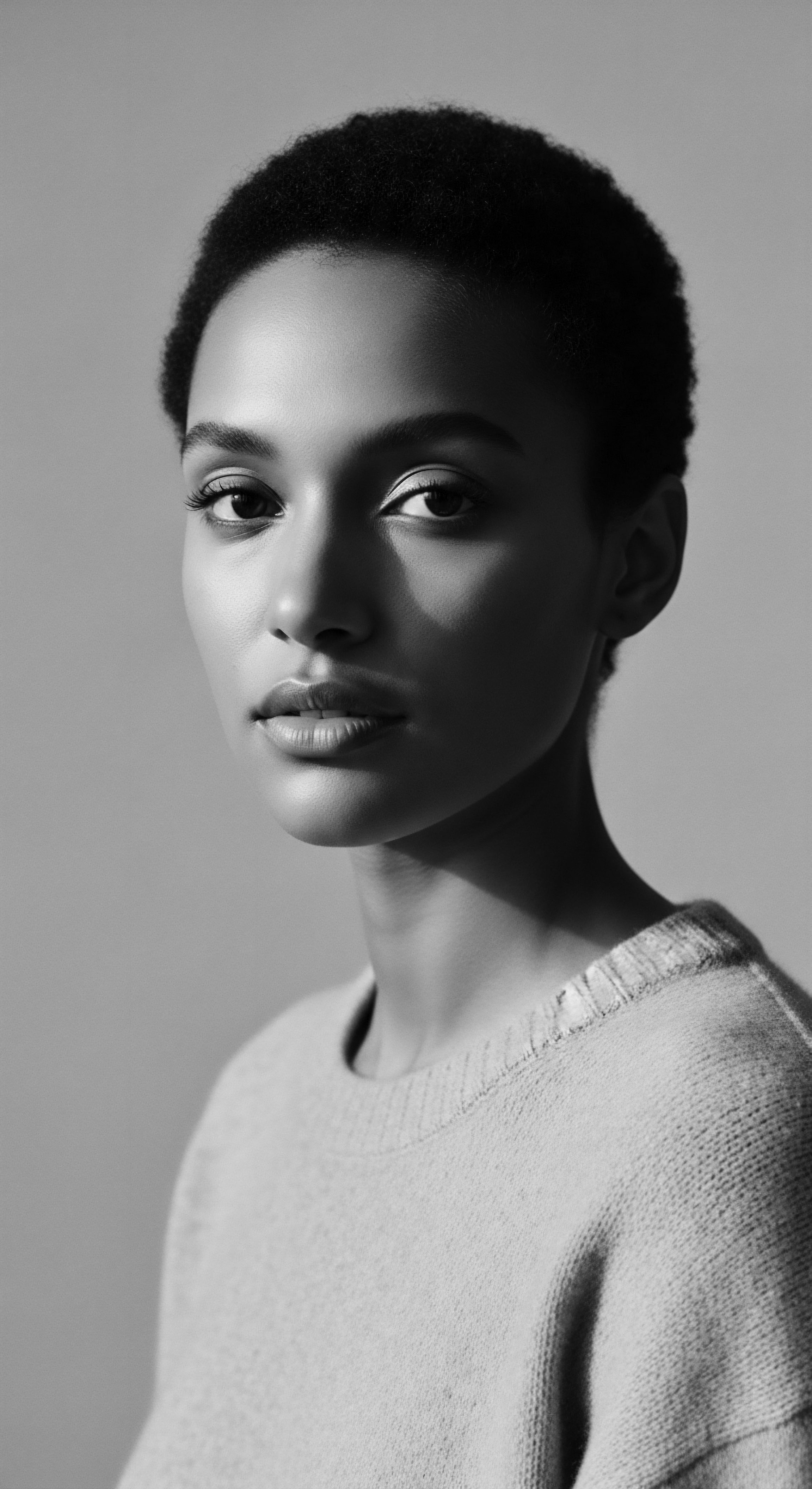
Titanium Dioxide
Meaning ❉ Titanium Dioxide is a mineral compound known for its white opacity and UV filtering, connecting modern hair science to ancestral hair care practices.
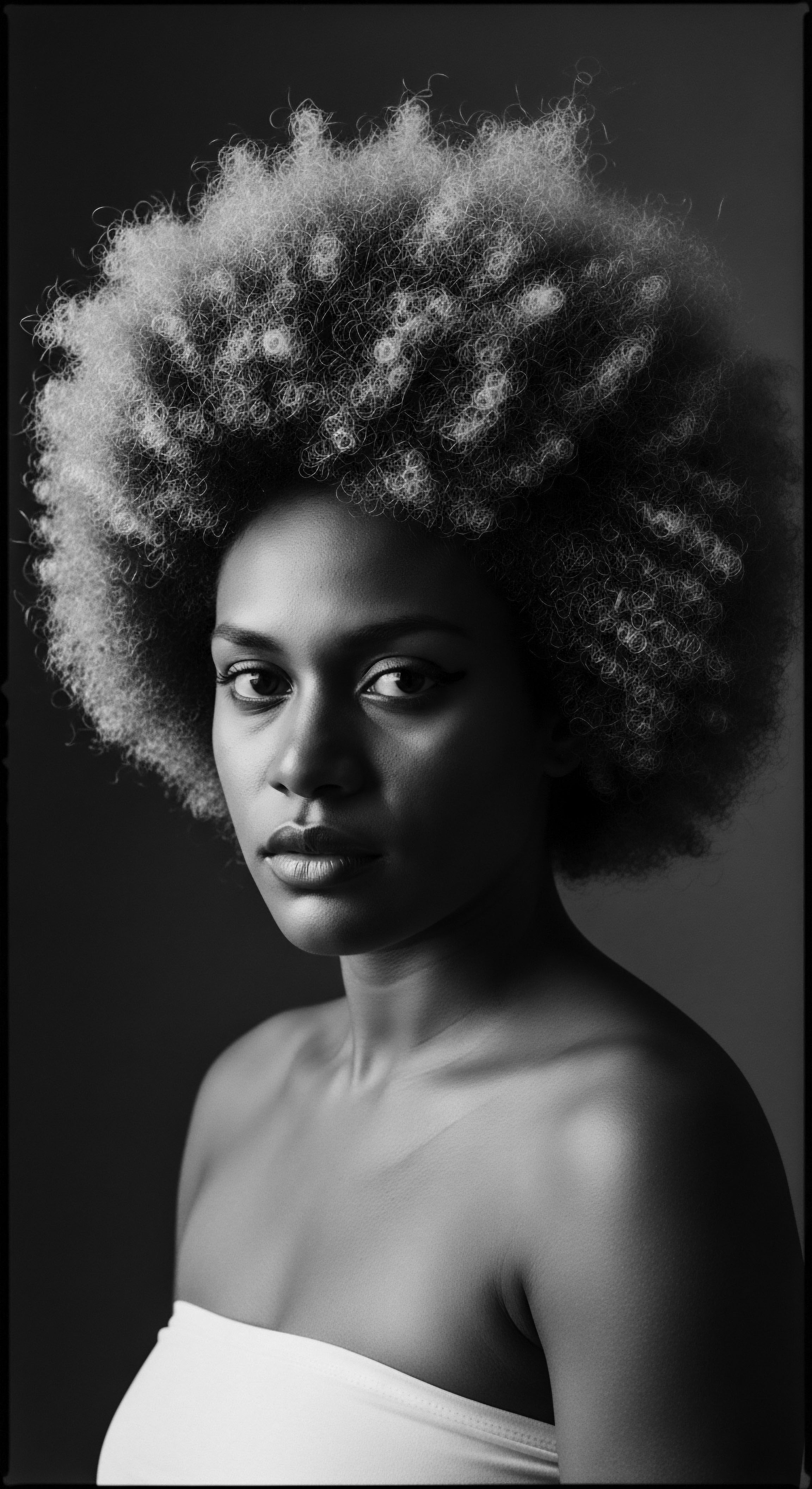
How did early textured hair tools relate to status?
Early textured hair tools served as direct visual indicators of status, lineage, and spiritual connection within rich heritage.

Head Wrap Significance
Meaning ❉ The Head Wrap Significance illuminates how fabric transforms into a profound symbol of cultural identity, historical memory, and ancestral wisdom for textured hair communities.

Himba Hair Otjize
Meaning ❉ Himba Hair Otjize is an ancestral paste of ochre and butterfat, embodying cultural identity, protection, and deep heritage for textured hair.

What cultural practices surrounded the application of ancestral clays on textured hair?
Ancestral clays on textured hair were rituals of cleansing, protection, and identity, rooted in heritage and community.
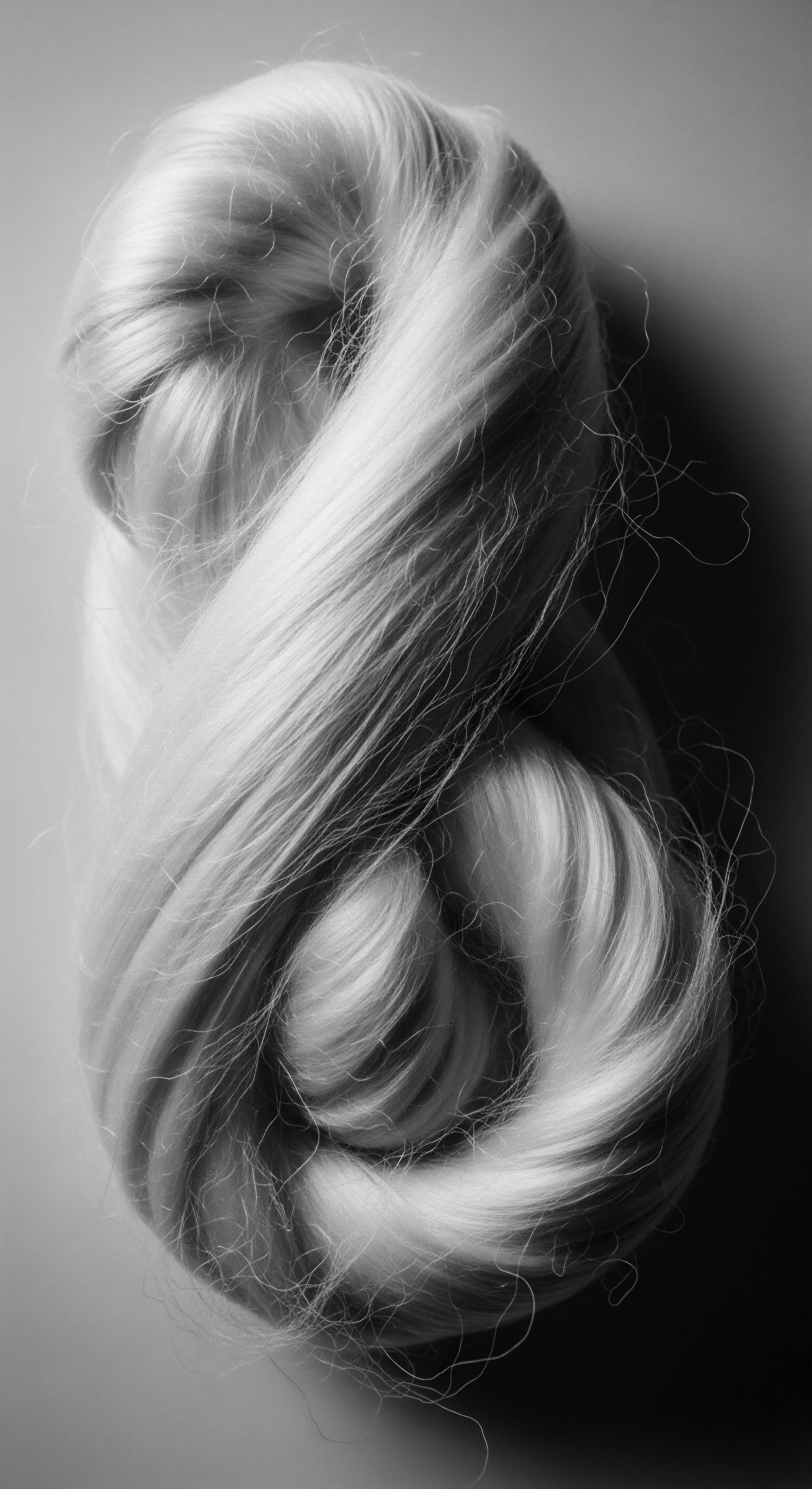
Nigerian Textile Art
Meaning ❉ Nigerian Textile Art is a heritage-rich expression, linking ancestral knowledge of fibers and patterns to Black and mixed-race hair traditions.
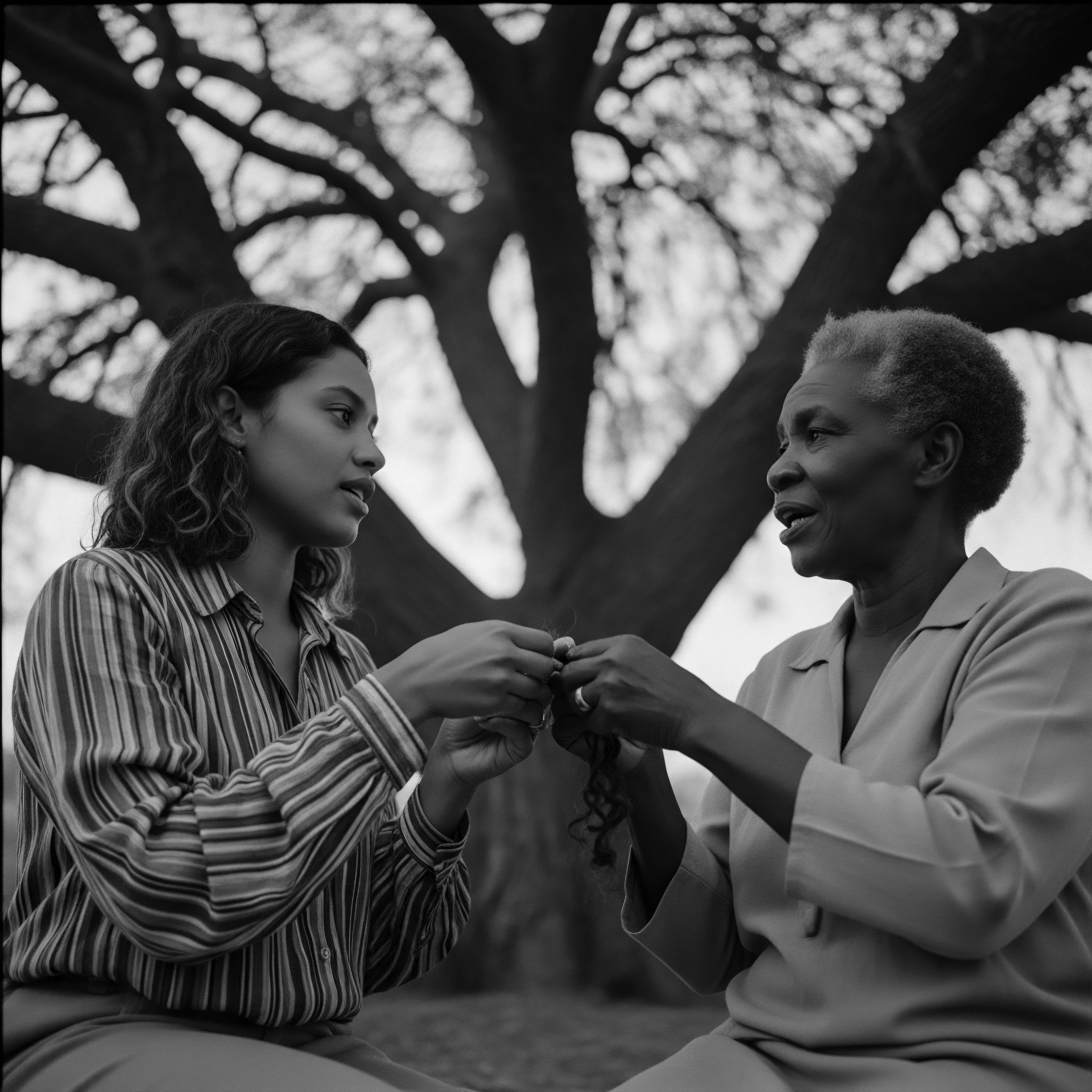
What is the science behind traditional textured hair care practices?
Traditional textured hair care integrates empirical knowledge and cultural heritage with innate hair biology to preserve and adorn.

